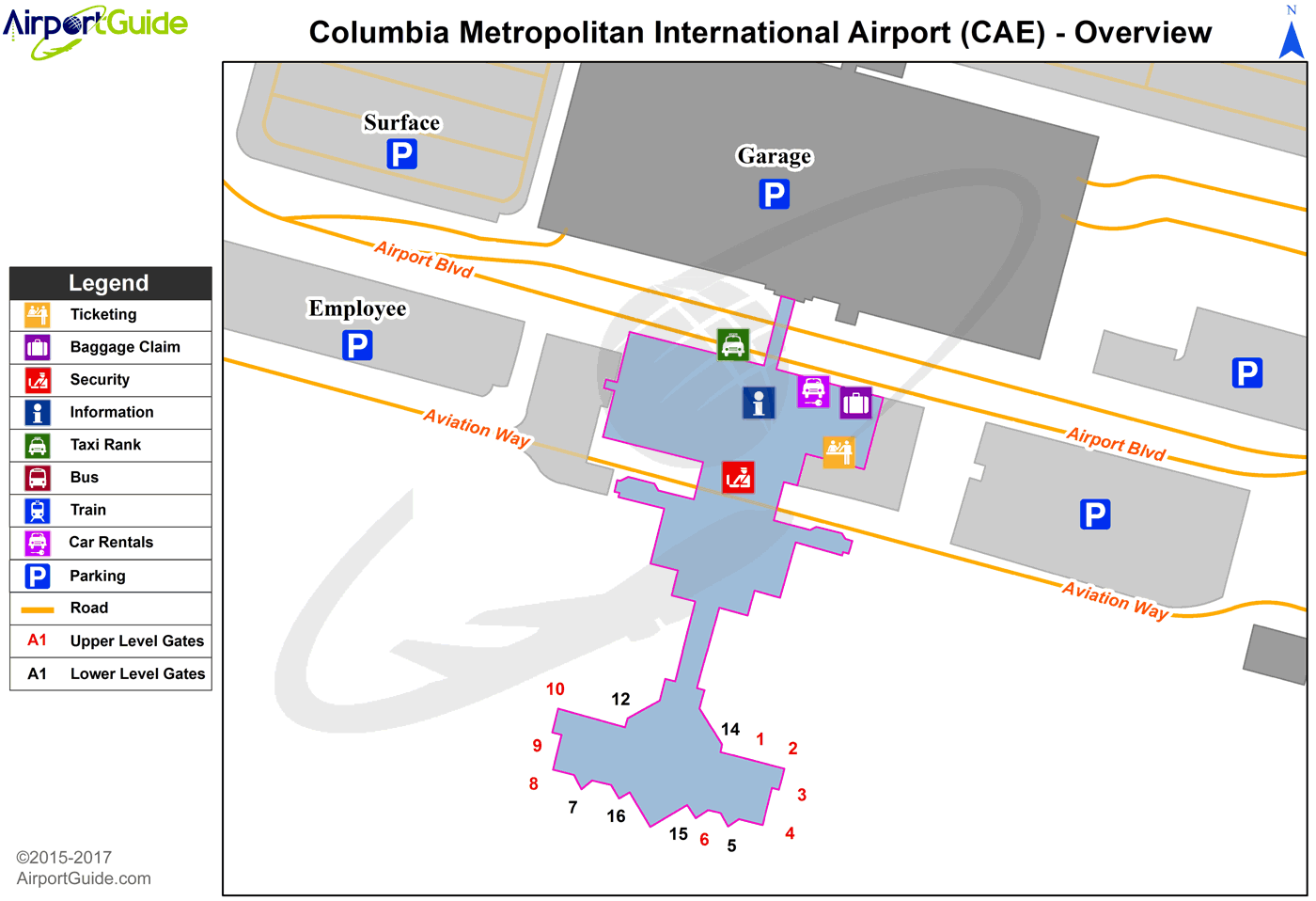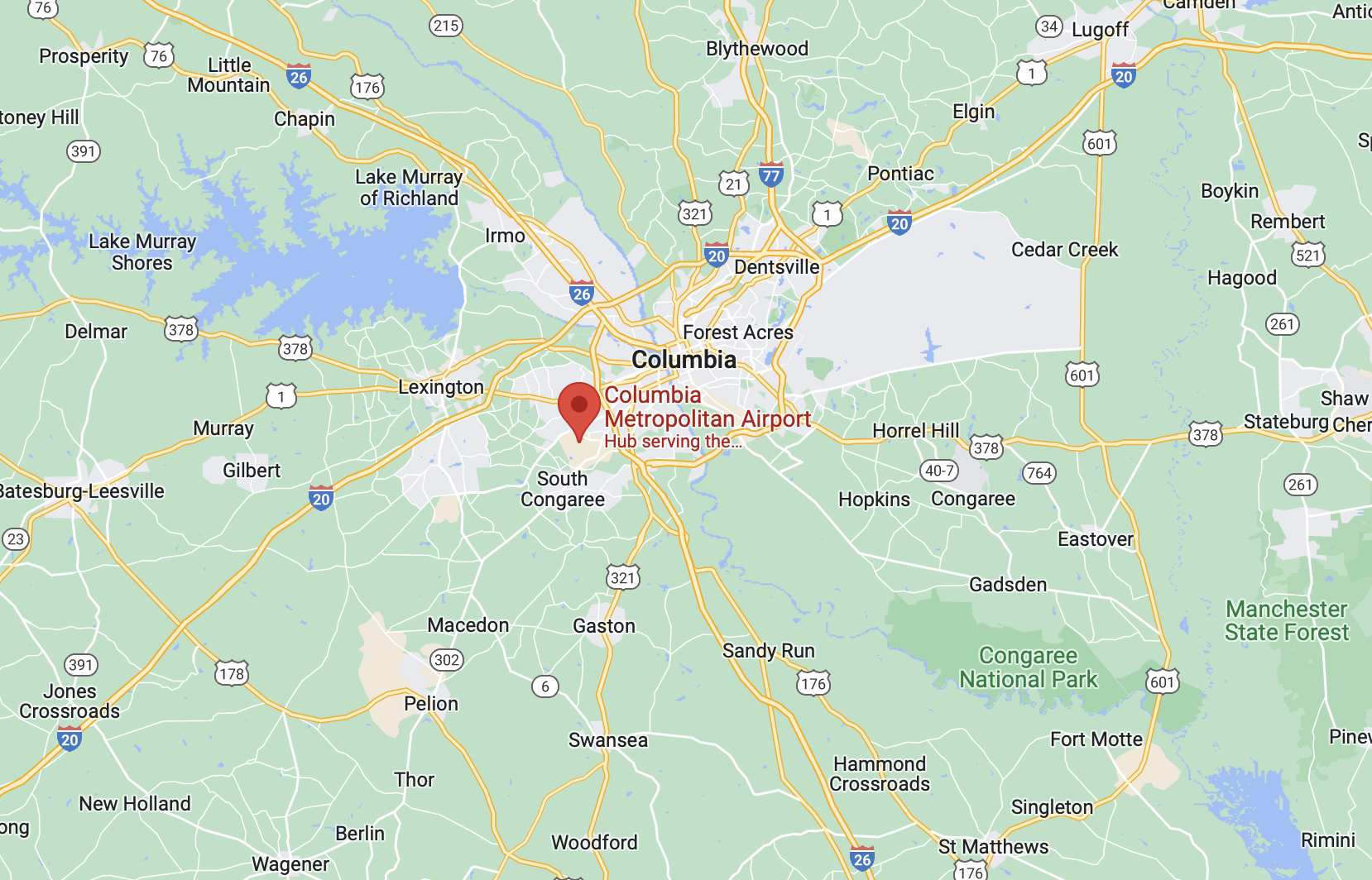“Okay, here is an article about Columbia Metropolitan Airport (CAE) in English, aiming for approximately 2000 words.
Artikel Terkait Okay, here is an article about Columbia Metropolitan Airport (CAE) in English, aiming for approximately 2000 words.
- Okay, Here Is An Article About The World’s Busiest Airports, Aiming For Approximately 2000 Words.
- Okay, Here Is An Article About George Bush Intercontinental Airport (IAH) In English, Aiming For A Length Of Approximately 2000 Words.
- Biggest Airport In The Us
- Okay, Here Is An Article About Atlanta Airport Hotels, Aiming For A Word Count Around 2000 Words, Written In English.
- Okay, Here Is An Article About The Biggest Airports In The U.S., Aiming For Approximately 2000 Words, Written In English.
Table of Content
- 1 Artikel Terkait Okay, here is an article about Columbia Metropolitan Airport (CAE) in English, aiming for approximately 2000 words.
- 2 Video tentang Okay, here is an article about Columbia Metropolitan Airport (CAE) in English, aiming for approximately 2000 words.
- 3 CAE: The Midlands’ Gateway to the World – A Deep Dive into Columbia Metropolitan Airport
Video tentang Okay, here is an article about Columbia Metropolitan Airport (CAE) in English, aiming for approximately 2000 words.
Okay, here is an article about Columbia Metropolitan Airport (CAE) in English, aiming for approximately 2000 words.

CAE: The Midlands’ Gateway to the World – A Deep Dive into Columbia Metropolitan Airport
Columbia Metropolitan Airport (CAE) stands as a vital transportation hub in the heart of South Carolina, serving the capital city of Columbia and the surrounding Midlands region. More than just a place where planes take off and land, CAE is a critical piece of infrastructure that connects the community to national and international destinations, fuels economic growth, and boasts a rich history intertwined with the development of aviation itself. This article takes an in-depth look at CAE, exploring its past, present facilities, operational significance, economic impact, and future aspirations.
A Foundation Forged in History: From Military Base to Civilian Hub
The story of Columbia Metropolitan Airport begins not as a civilian air travel facility, but as a military installation during a pivotal moment in global history. In 1940, as the world edged closer to World War II, the need for expanded military air training facilities became apparent. The U.S. Army Air Corps selected a site southwest of Columbia, South Carolina, for a new air base. Construction began swiftly, and Columbia Army Air Base officially opened its doors in 1941.
During the war years, Columbia Army Air Base played a crucial role in training pilots and aircrews. It was a bustling center of activity, home to various training units and a significant number of personnel. The base primarily focused on bomber training, utilizing aircraft like the B-25 Mitchell. Its strategic location and favorable climate made it an ideal spot for year-round flight operations. The presence of the base had a profound impact on the local Columbia area, bringing in a large population of military personnel and their families, stimulating the economy, and fostering a connection between the community and aviation.
Following the end of World War II, the military’s needs shifted, and many temporary bases were closed or downsized. Columbia Army Air Base was declared surplus by the Air Force in 1945. Recognizing the potential of the existing infrastructure – including runways, hangars, and support buildings – local leaders and aviation enthusiasts saw an opportunity to transition the facility into a civilian airport. This foresight laid the groundwork for what would become Columbia’s primary air travel gateway.
The transition wasn’t instantaneous, but it marked a new era for the site. Control of the property gradually shifted from the federal government to local authorities. In 1947, the airport officially began operating as a civilian facility, initially known as Columbia Airport. It inherited significant assets from the military, providing a solid foundation for civilian operations without the need to build entirely from scratch. This included long runways capable of handling larger aircraft, which was a considerable advantage compared to many smaller municipal airports established elsewhere.
Over the decades, the airport underwent significant transformations to meet the evolving demands of commercial air travel. The early years saw modest terminal facilities, but as air travel became more accessible and popular, the need for modern infrastructure grew. Major expansion and renovation projects were undertaken in the latter half of the 20th century to build a dedicated passenger terminal, improve air traffic control facilities, and enhance ground access.
A significant milestone occurred in 1962 when the airport was renamed Columbia Metropolitan Airport to reflect its growing importance as a regional hub. Further terminal expansions and renovations took place in the 1970s, 1980s, and 1990s, continually upgrading the facilities to improve passenger comfort, operational efficiency, and security standards. The current terminal building, which opened in 1997, was a major undertaking that provided a spacious, modern facility designed to handle increased passenger traffic well into the 21st century. This building replaced an older structure and represented a significant investment in the airport’s future.

The history of CAE is a testament to adaptability and growth. From its origins as a critical military training ground, it successfully transformed into a vital civilian airport, continually evolving its infrastructure and services to serve the changing needs of the traveling public and the regional economy. This historical perspective provides crucial context for understanding the airport’s current role and significance.
The Modern Hub: Facilities and Infrastructure
Today, Columbia Metropolitan Airport (CAE) is a well-equipped, modern airport designed to handle commercial passenger traffic, air cargo operations, and general aviation. Its infrastructure is robust and continually maintained to meet stringent safety and operational standards.
The Terminal Building: The centerpiece of the passenger experience is the main terminal building. This structure, largely a product of the 1990s expansion with subsequent updates, is designed for efficiency and passenger comfort. It features:
- Check-in Area: A spacious area with airline ticket counters and self-service kiosks for convenient check-in.
- Security Checkpoint: A centralized security screening area managed by the Transportation Security Administration (TSA). CAE has worked to implement measures to improve the flow and efficiency of this critical area.
- Concourses and Gates: The terminal is typically divided into concourses (though CAE’s layout is relatively simple, often referred to collectively or by gate numbers) leading to the aircraft gates. CAE has multiple gates equipped with jet bridges, allowing passengers to board and deplane directly from the terminal without exposure to the elements. The layout is designed to be intuitive and easy to navigate, a feature often appreciated by travelers compared to larger, more complex airports.
- Baggage Claim: A dedicated area on the lower level for retrieving checked luggage, with carousels corresponding to arriving flights.
- Amenities: The terminal offers a range of amenities to enhance the passenger experience, including:

- Dining Options: Restaurants and cafes providing various food and beverage choices, from quick snacks to sit-down meals.
- Retail Stores: Newsstands, gift shops, and other retail outlets for last-minute necessities, reading material, or souvenirs.
- Restrooms: Clean and accessible restroom facilities throughout the terminal.
- Free Wi-Fi: Complimentary internet access is available throughout the terminal, allowing passengers to stay connected.
- Charging Stations: Power outlets and charging stations are available in waiting areas.
- Accessibility Features: Facilities and services are provided for travelers with disabilities, including accessible restrooms, elevators, and assistance services.
- Other Services: ATMs, information desks, and potentially other services like airline lounges (though typically limited at airports of CAE’s size, specific offerings can change).

Runways and Airfield: The operational heart of the airport lies in its runways and taxiways. CAE has multiple runways, the primary ones being sufficiently long and well-maintained to accommodate a variety of aircraft types, from regional jets to larger mainline commercial airliners and cargo planes. The length and strength of the runways are critical for handling aircraft safely under various weather conditions and load capacities. A comprehensive network of taxiways connects the runways to the terminal, hangars, and cargo areas, ensuring efficient movement of aircraft on the ground.
Air Traffic Control Tower: Overlooking the airfield is the air traffic control tower, staffed by FAA controllers. This is the nerve center for managing air traffic in and around CAE, coordinating takeoffs, landings, and ground movements to ensure safety and efficiency in the airspace.
Cargo Facilities: Recognizing the importance of air cargo to the regional economy, CAE has dedicated cargo facilities. These include cargo terminals and ramp space specifically designed for loading and unloading freight aircraft. Major cargo carriers operate from CAE, facilitating the movement of goods into and out of the Midlands.
General Aviation Facilities: Beyond commercial and cargo operations, CAE also serves the general aviation community. This includes private aircraft, corporate jets, and flight training activities. Fixed-Base Operators (FBOs) like Eagle Aviation are located on the field, providing essential services such as fueling, maintenance, aircraft storage (hangars), and passenger/crew amenities for general aviation users. This segment is crucial for business travel and recreational flying.
Ground Transportation and Parking: Getting to and from the airport is made convenient with various ground transportation options. CAE offers ample parking facilities, including short-term, long-term, and covered parking options, often with shuttle services to the terminal. Rental car agencies are located on-site or nearby, and taxis, rideshare services (like Uber and Lyft), and hotel shuttles also serve the airport.
Airlines and Connectivity: Linking the Midlands to the World
CAE serves as a critical link for the Midlands region, connecting its residents and businesses to major hubs across the United States. While it may not have the vast number of direct international routes found at mega-hubs, its strength lies in providing convenient access to key gateway airports, from which travelers can reach virtually any destination worldwide.
The airport is served by several major U.S. airlines, including:
- American Airlines: Typically operates flights to its major hubs such as Charlotte Douglas International Airport (CLT), Philadelphia International Airport (PHL), and sometimes Dallas/Fort Worth International Airport (DFW) or Washington National Airport (DCA). Charlotte, being a major hub just a short drive or flight away, is a particularly important connection.
- Delta Air Lines: Connects CAE to its massive hub at Hartsfield-Jackson Atlanta International Airport (ATL). Atlanta is one of the busiest airports in the world, offering unparalleled connectivity across the globe. Delta also sometimes operates flights to other hubs like New York LaGuardia (LGA).
- United Airlines: Provides service to its hubs like Chicago O’Hare International Airport (
